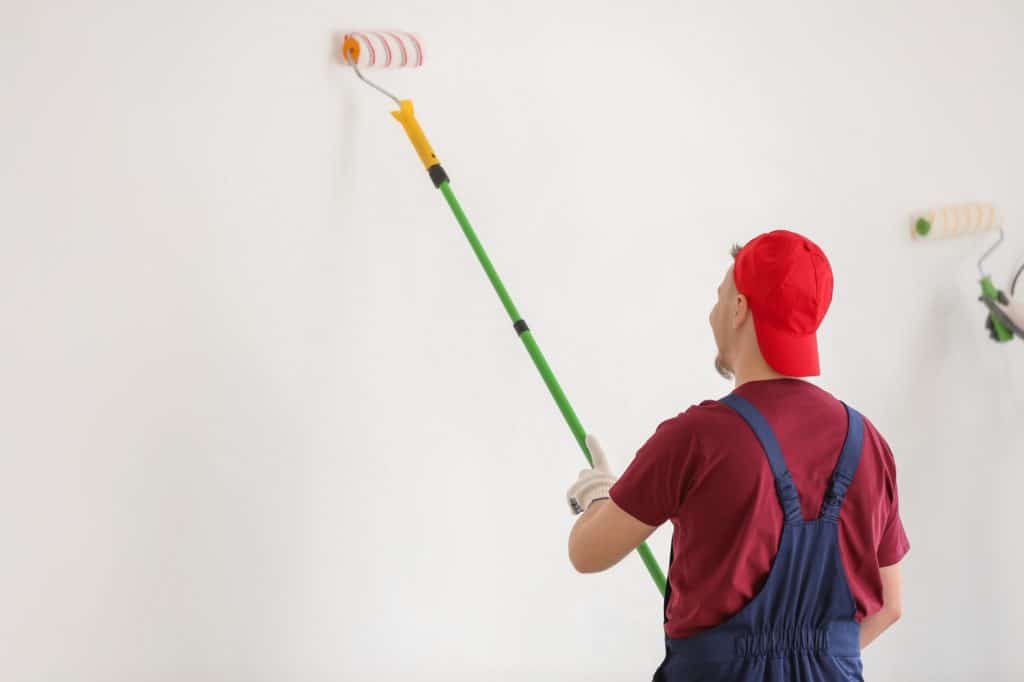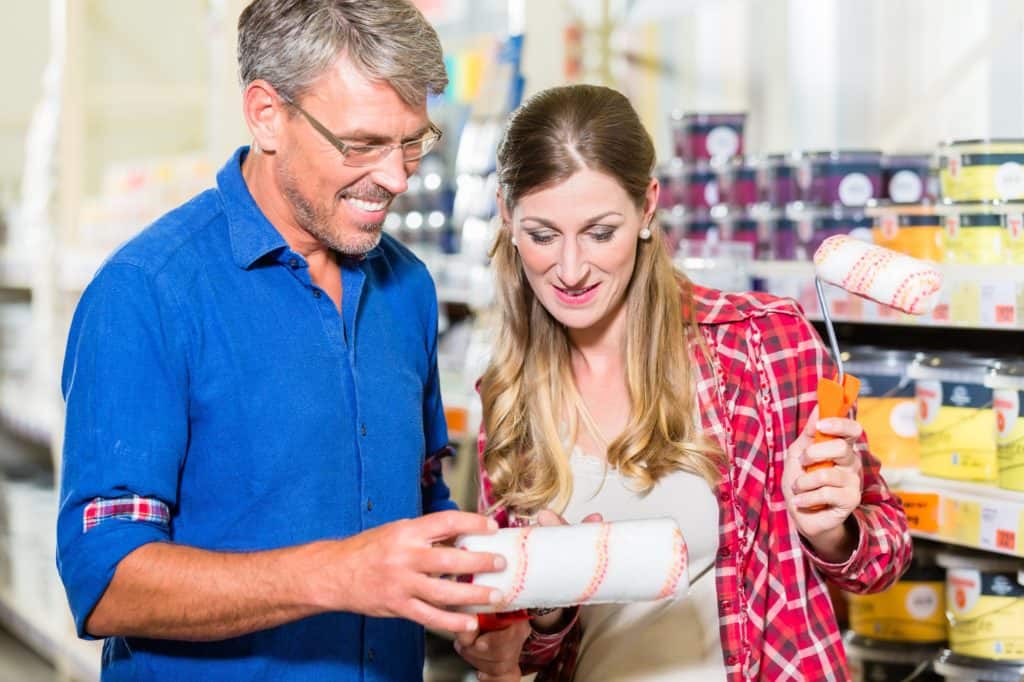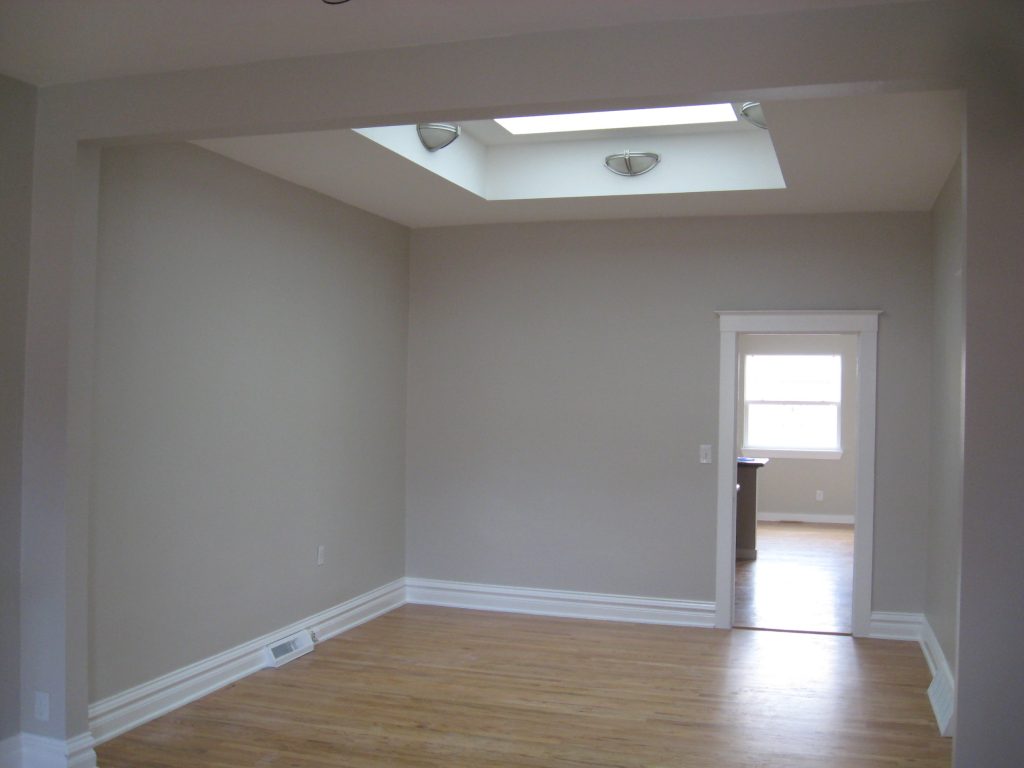Factors & Causes Affecting Latex Paint Touch-Ups
Many reasons why Latex paint touch-ups are caused, being needed, whether your painting inside or outside. How many times has it happened; Having the same can of paint used a few years before, touching up same color, it does not match?
Saving time, money, having least amount of touch-ups is best when painting interior or exterior. Here, we will discuss reasons that contribute to these instances, helping elevating any of these uncomfortable situations.
How Paint Appearance Can Differ
Color: The hue of the subsequently applied paint could be lighter or darker, if not adequately re-mixed on original painting, or newer one. Both times, latex paint needs to be mixed thoroughly for at least 5 minutes.
Sheen: Sheen or Gloss can be different from areas surrounding newer touched up areas from just being fresh-newer to older and duller painted areas. What's found to help is wetting the painting area first, lightly going over with paint.
Mill Thickness: Touch-up can be noticeably different, depending on how much build up of paint is laying on top of older. Good way to elevate this, is to "Feather" out the area, brushing to a dry layer on all edges.
Fade: As paint ages, the first thing to notice is the loss of sheen. Especially when you comeback to touch up few years later. Even using the same paint out of the same can.
Variables That Can Contribute to Touch-up Problems
Applying paint at different temperatures: Touching up at an extreme different temperature hotter or colder can see a difference once the paint has dried. Try painting during same temperatures, or close to the same.
Using different methods of application; Several methods of original application can be used to get satisfactory results, however depending on the substrate and texture, a brush can look somewhat different than a previously sprayed application.
Different ways of application. This happens generally on smooth surfaces such as painting exterior doors, and schedule 5 drywall surfaces which are slick smooth walls. Way to help, is spray back into container the extra paint, sealing up, to use at a later time. A previously sprayed paint will look closer to the same as before, putting air into formulation, even brushed if sprayed and saved into container to re-use.
Tips for Avoiding House Paint, Touch-up Problems
Apply PVA primer before drywall texture, allowing texture to go on uniform-ally and consistent in nature.
Apply PVA primer after texture, sealing the porosity of drywall, allowing paint coating to lay evenly.
Back-rolling is helpful after spraying, actually dunking roller into paint, and not dry rolling. This lays more paint on surface, giving a very small textured look called stipple. This allows touch-ups to be done much easier, down the road. On flat and smooth drywall, a 1/2" roller skin should be used acquiring that stipple look.
Paint entire section of wall or ceiling, left to right, top to bottom.
Keep Paint Sheen Consistent Painting New Drywall

Check Drywall Joints
- For all Drywall & Sheetrock textures, repairs, & finishes
- To be floated or smoothed, and edges sanded, not having dimples, cracks, or ridges.
- Check area at low lighting and also at high at all different angles
- Last sanding should be wet sanded, giving the most smoothest finish
Use Appropriate Primer
- Interior drywall should have a PVA flat primer.
- PVA spread rate is much different than finish coat, in that PVA's cover normally twice as far, around 425 sq. ft. of surface per gallon. Apply just enough to seal new drywall from finish paints coat absorption.
Back-Rolling
A higher quality Lamb's Wool Skin Cover will apply paint more evenly and heavier than an economically priced one will do.
Keep roller strokes the same direction, as vertical as possible, keeping same pressure on roller when either rolling out or back rolling.
Keep roller loaded with paint, not allowing to dry-roll out edges, unless your spot painting for touch-ups.
Keep roller frame the same across the entire wall, never "Flipping" frame back and forth down the same wall when back rolling.
Rolling out final interior painting coat, or back rolling will provide surface uniformity, especially on a flat smooth Schedule 5 drywall finish, leaving a paint stipple.
Dry time is important painting multiple coats, when a deep tint base paint is being used. Generally this time is about 2 hours at 70 degrees, so paint does not blister with added coat.
All this sounds like a lot of work, and it is. If your needing experienced and knowledgeable Denver painters, look no further than Eco Paint, Inc. for your house painting needs.
If you would like to comment below, would enjoy hearing from you!






Several Things Affects Latex Paint Touch-ups
Several things affects latex paint touch-ups including paint viscosity, permeability, brushes, and roller methods.
[…] finish coats to go on more evenly, without soaking into texture, not having dull and shinny spots. Drywall primers are generally flat PVA primers which dry rather quickly, and have spread rates of 250-300 square […]